April in Paris – Pt 2.
April in Paris.
Doris Day:

She was 97 on 3 April.
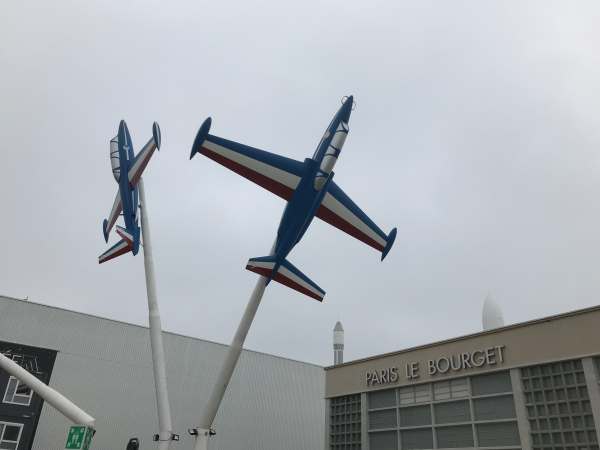
The Musée de l’Air et de l’Espace.
Bertie: “A Museum! We have come all the way to Paris to go to a bleedin’ Museum!”
Bobby: “Careful, Bertie. You said that once before and you loved the London Transport Museum.”
Bertie: “But this is Paris, Bobby. You checked and there is no transport museum in Paris. London is miles better. So tell me… you are taking me to the world famous Louvre to see that miserable cow with the enigmatic smile.”
Bobby: “Er no. We are actually going to downtown Paris to the airport at Le Bourget.”
Bertie: “Wot the ‘ell for? Can’t we just enjoy our April in Paris?”
Bobby: “Le Bourget was the first commercial airport in Paris. Many famous events have taken place there. Charles Lindberg landed there, following his solo transatlantic flight in 1927, in the Spirit of St Louis. Rudolf Nureyev, the Russian ballet dancer, defected to the West there in 1961. As shown in the film “White Crow” on at the pictures this week. And it is home to one of the oldest aviation museums in the world. Including two Concordes.
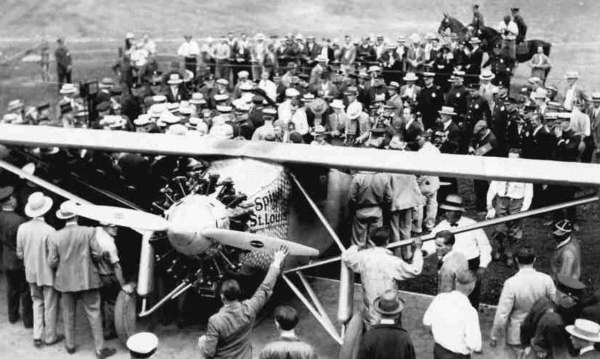
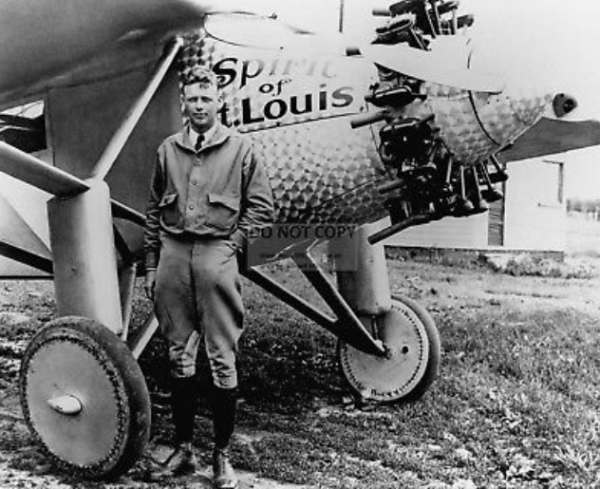
Charles Lindbergh in 1927 at Le Bourget. Becoming a world famous celebrity overnight for becoming the first person to fly the Atlantic solo in his tiny aeroplane the Spirit of St Louis.
Bertie: “He is so excited. He has got his Metro map and planned the journey.”
So, off we went…
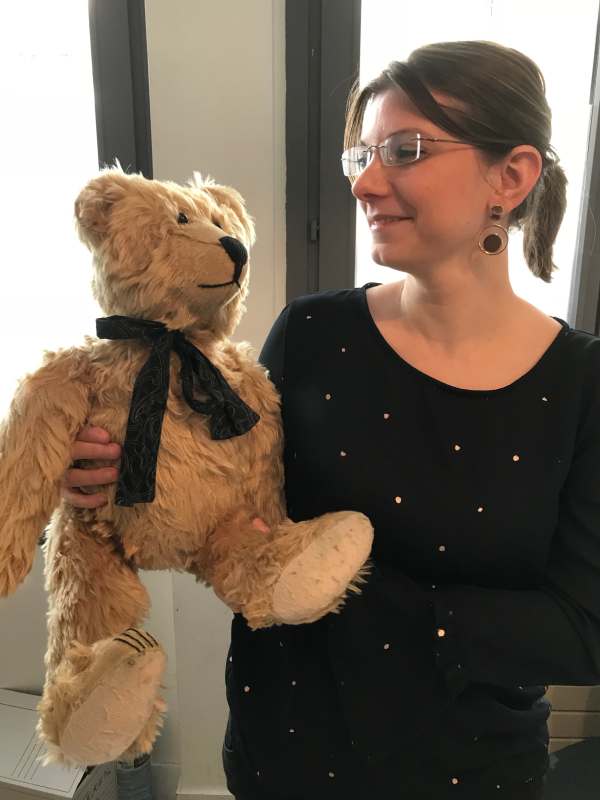
She is still nice. Receptionist at our Hotel Beaurepaire.
Metro. Join the Metro at Republique. Then Line 5 to Gare d’Lest. Change to Line 7 to “La Courneuve 8 Mai 1945”.
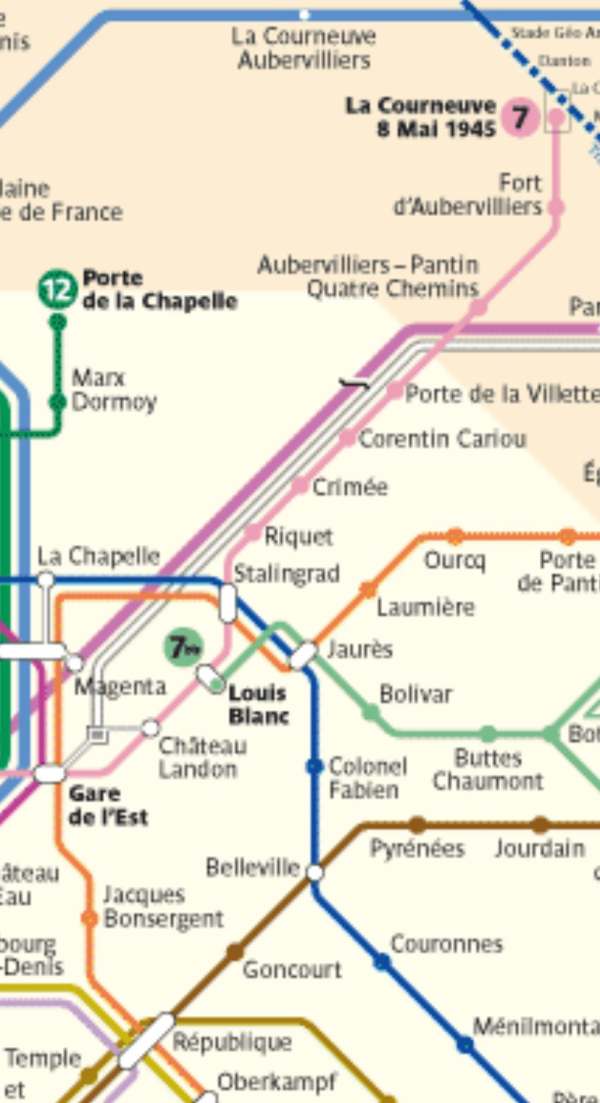
Strange name for a station. La Courneuve is the district. And the date is VE day. End of the war in Europe. Why not. We could have “Wembley. 30 July 1966”. Couldn’t we?
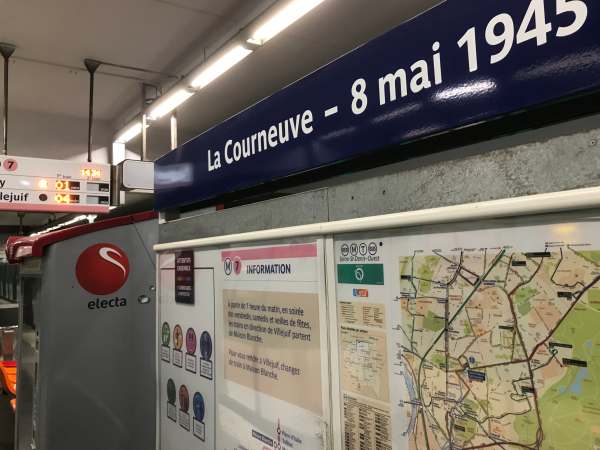
“La Courneuve – 8 mai 1945” Station.
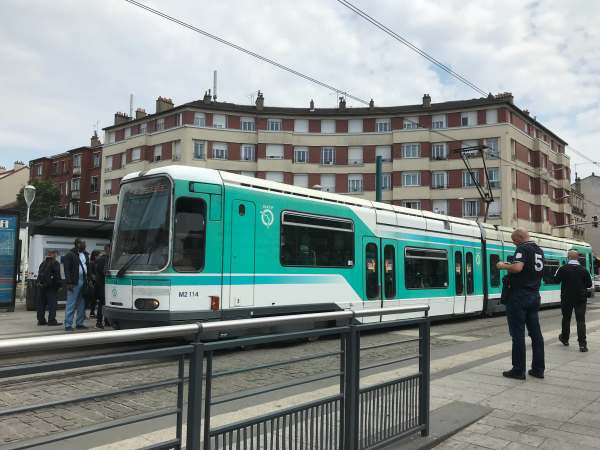
Trams as well at La Courneuve.
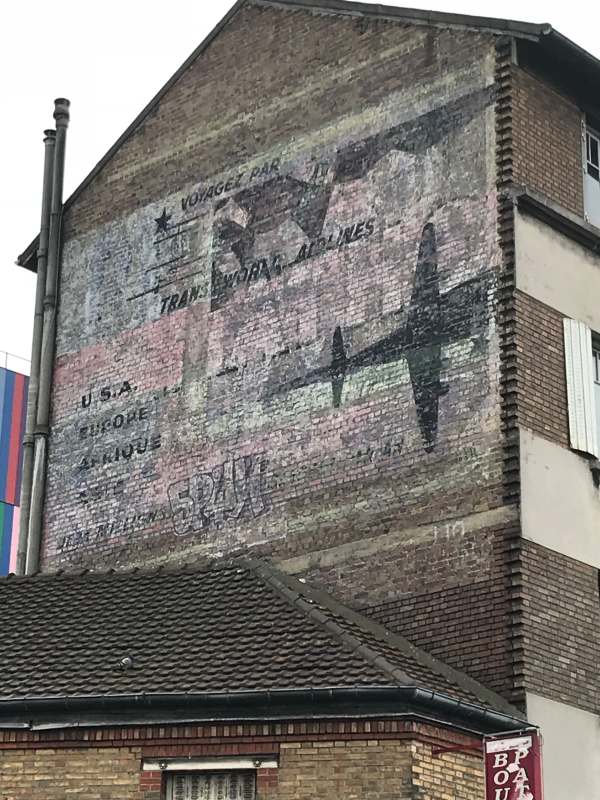
Nice ghost sign at La Courneuve.
So our April in Paris continues on the 152 bus, from La Courneuve to the museum. I think the journey is just as exciting for him as where it goes to. You can’t miss the museum…
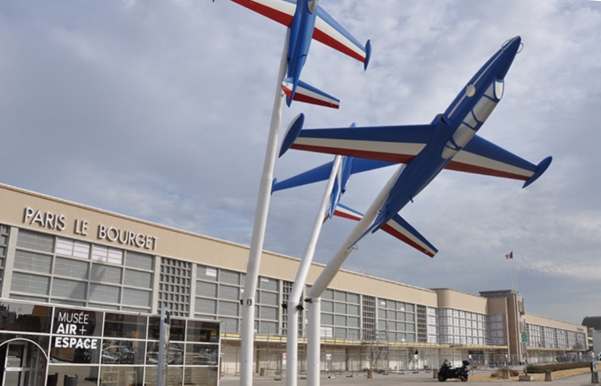
Museum main entrance.
The Museum is beautifully laid out with a predominance, of course, of French aircraft. There is so much to see that we must go back again, but here are just some examples of the various collections.
L’espace.
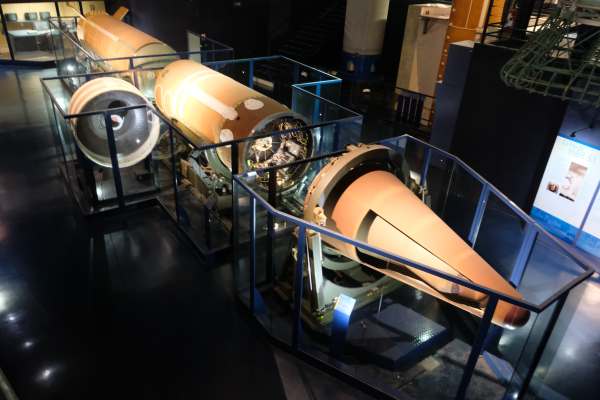
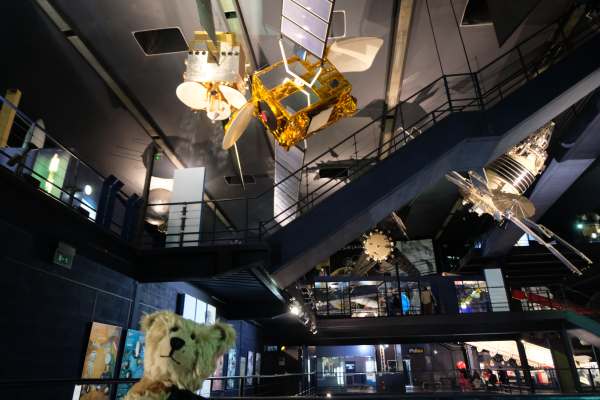
Wow…fantastic . The moon race may well have been a long time ago, but for Bobby and his generation it was so exciting.
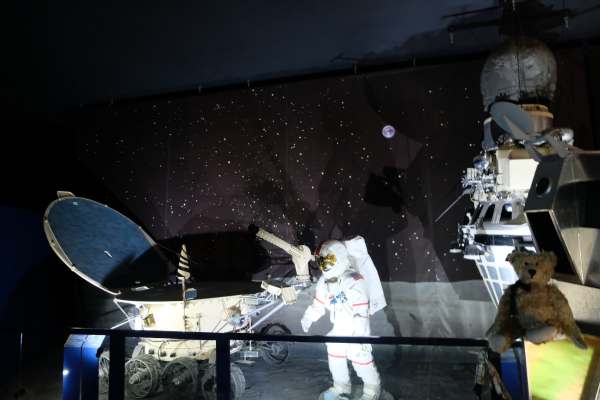
Walking on the moon. Him, not me!
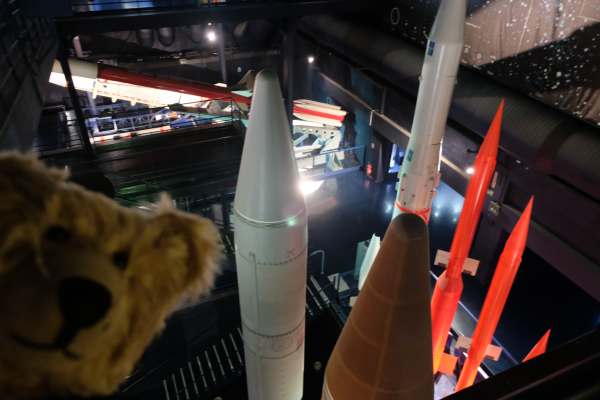
Rockets.
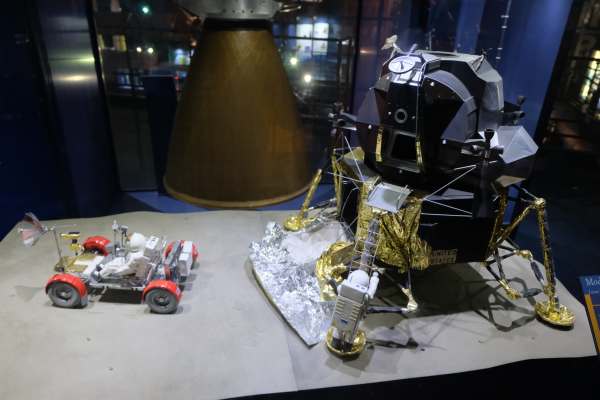
A model of the moon rover and the lunar module.
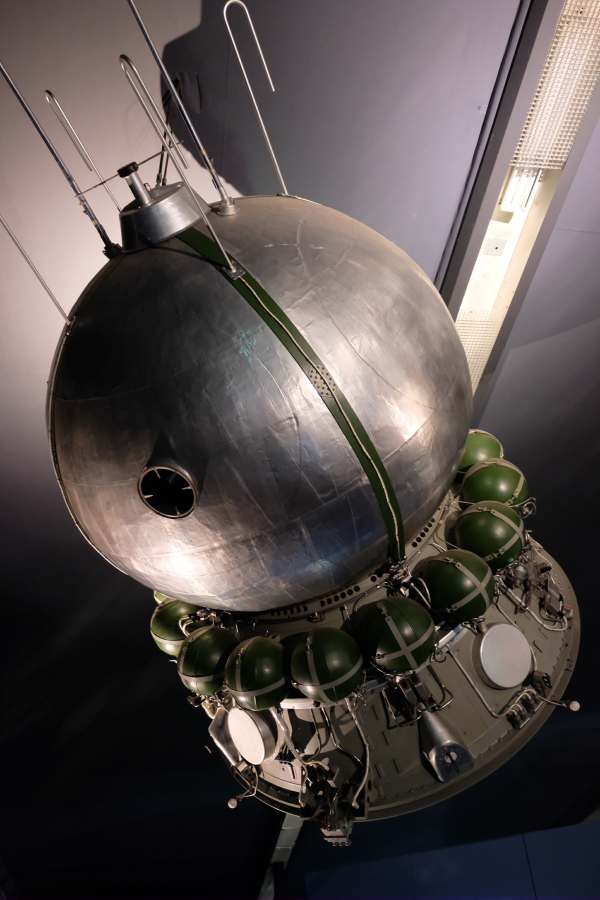
Soviet space craft.
The space hall was very difficult to take pictures in, being quite dark and with loads of artefacts. A film show of the first man on the moon.
After that, the museum was a succession of halls inside representing various ages of aviation.
Pre Second World War
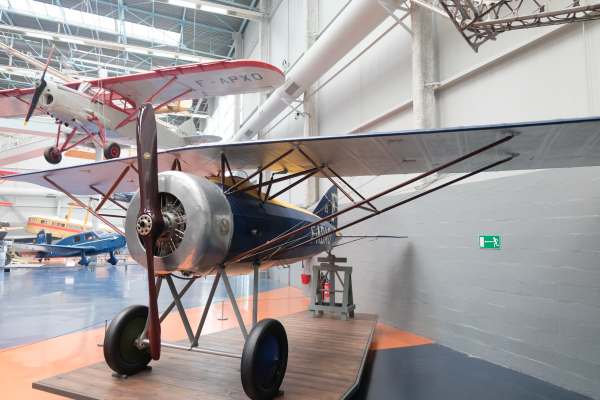
Not sure… Any ideas?
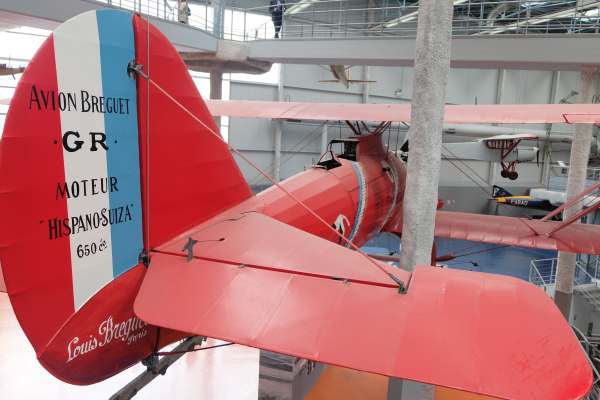
Brequet GR.
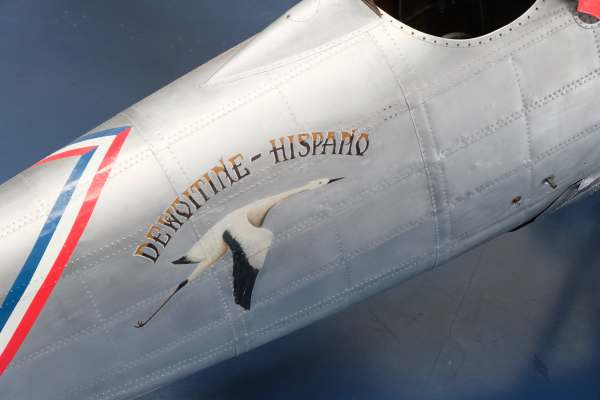
Dewoitine.
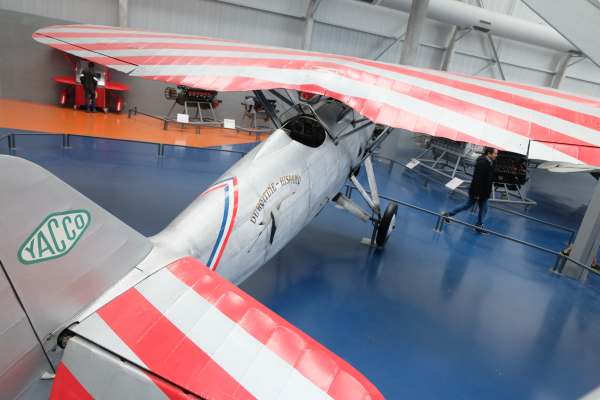
Dewoitine. Love the graphics.
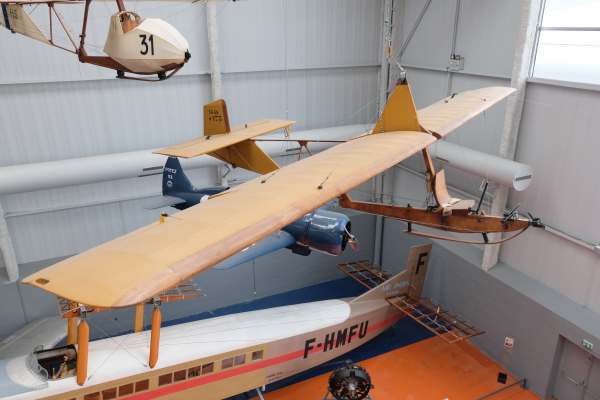
Gliders and the Farman below.
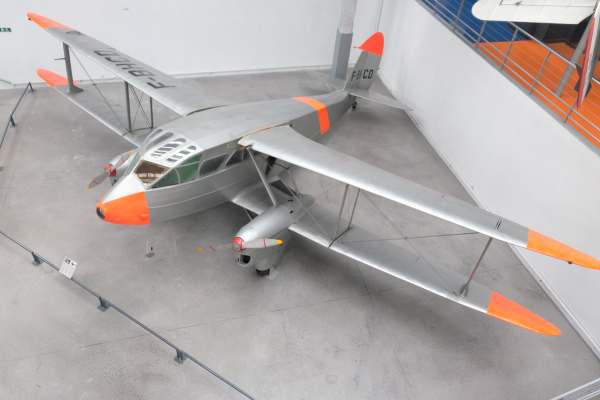
British! De Havilland Rapide.
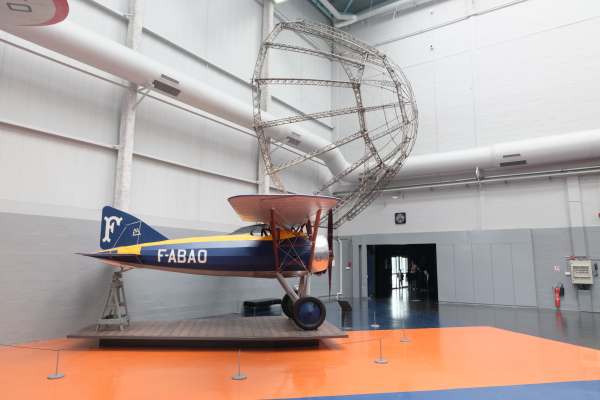
Spad… and the nose of an airship.
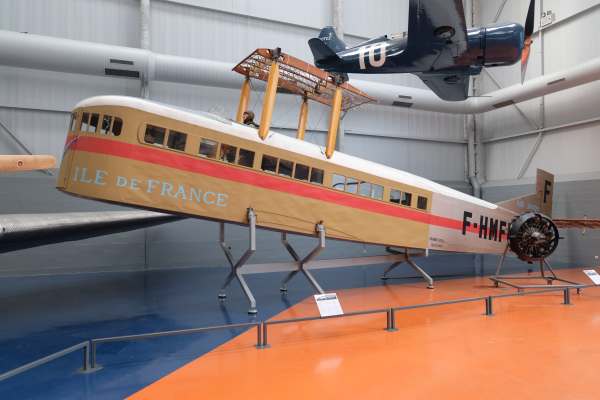
Farman Goliath.
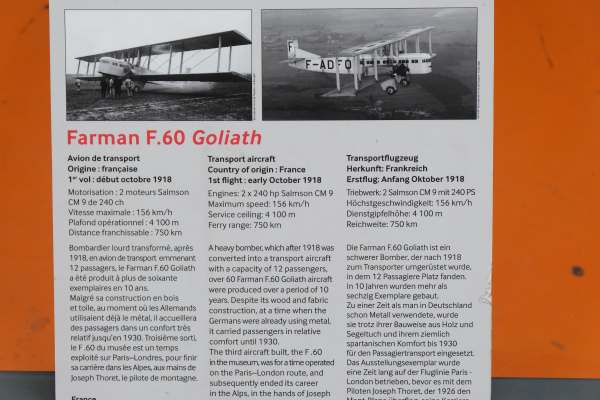
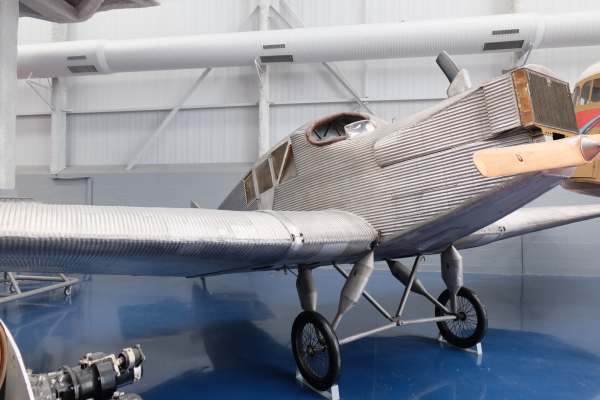
No idea, but a Citroën CV6 with wings! The French love their corrugation.
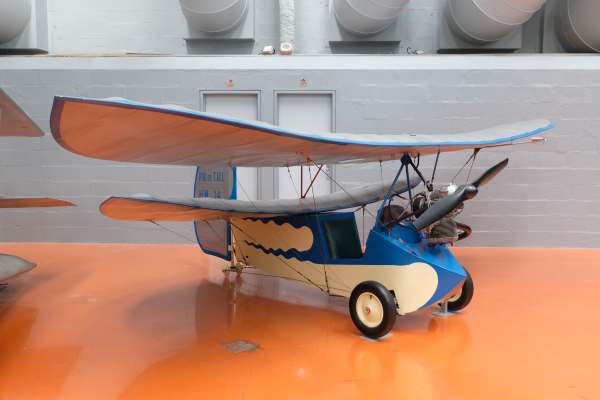
Pou du Ciel. Weird maybe and tiny, but Bobby saw one flying in 1958 at a Kidlington air meet.
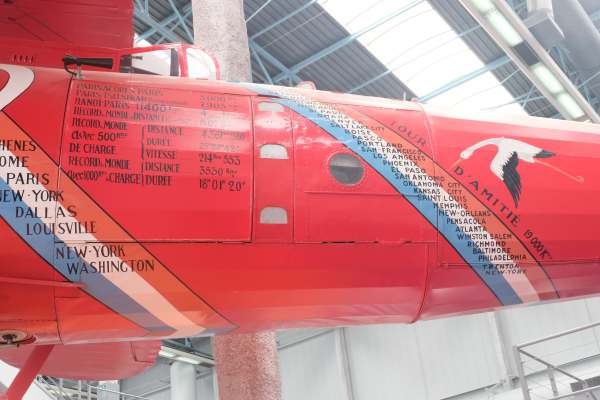
The Brequet again, showing its world tour.
Second World War.
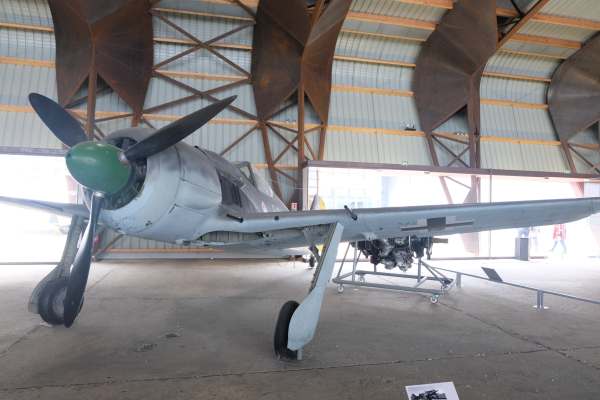
Focke – Wulf F190.
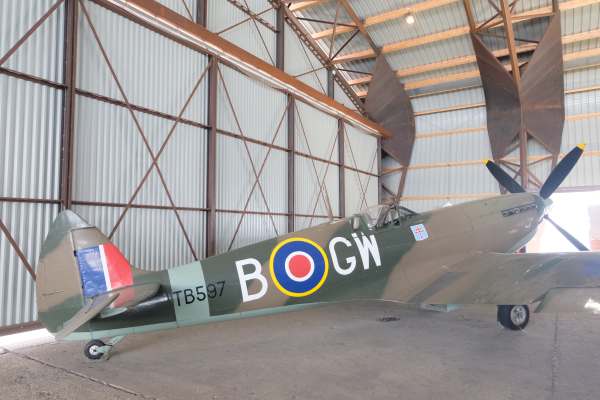
SPITFIRE!
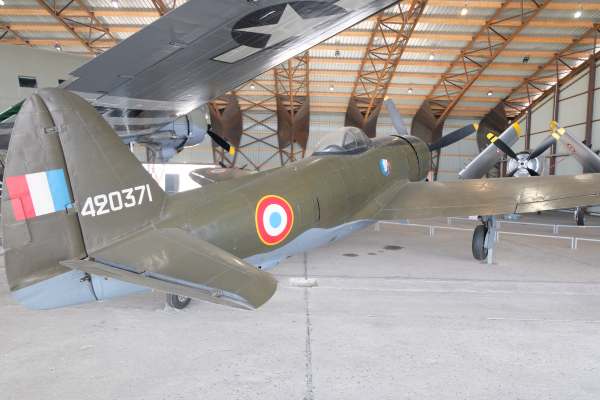
Dewoitine D520.
Prototypes.
Growing up in post war Britain was an exciting time for boys like Bobby. There were all those spotting opportunities. Trains, buses and planes. In particular for aircraft, Britain, France and America were testing the limits of aircraft capability. Competing for the title of the World Speed Record. Britain held it on a number of occasions and that story will be told soon. A bewildering number of prototypes were built to push speed faster and faster. Comics like the Eagle glamourised some very special prototypes that looked distinctly weird and dangerous. He well remembers some of the French ones and was truly excited to find them saved for all time in this splendid museum.
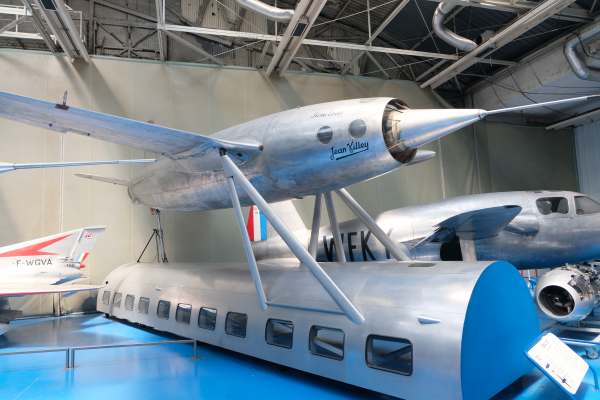
The Leduc… Possibly crazy! Powered by a Ramjet, which can only operate at speed, the contraption had to be taken aloft. The pilot virtually in the middle of the engine. This was the last one built and flew 83 times and got up to 500mph.
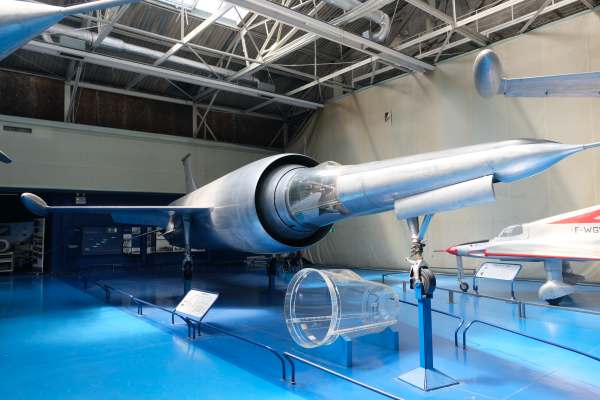
The Leduc 0.22. A development of the original Leduc that could take off under its own turbojet power, later assisted by Ramjet. As you can see, it had an undercarriage for the purpose. The earlier one landed on skids. Intended to be a supersonic fighter, it never lived up to its planned speeds. Never broke the speed of sound and was abandoned eventually for more conventional aircraft.
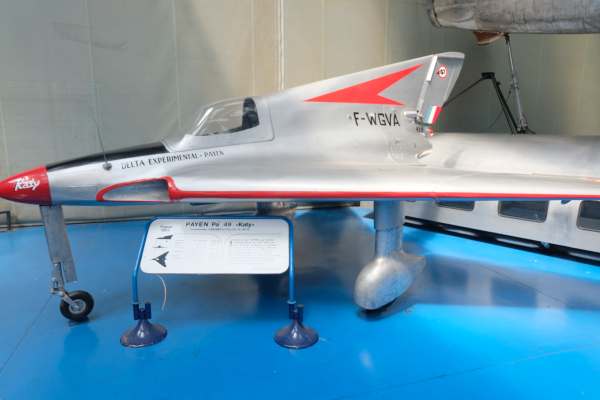
Payen PA 49 Experimental Delta. Made of wood, to test the feasibility of delta winged aircraft. Later, of course, the French became famous for their numerous Dassault Deltas.
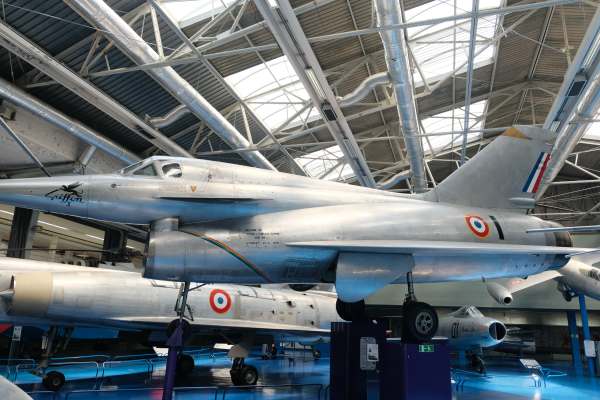
Nord Griffon – 02. Once again, the French were keen on testing Ramjet feasibility. It did reach 1,450mph, but proved to have severe technical difficulties. Once again, the experiment was abandoned in favour of developing more conventional aircraft.
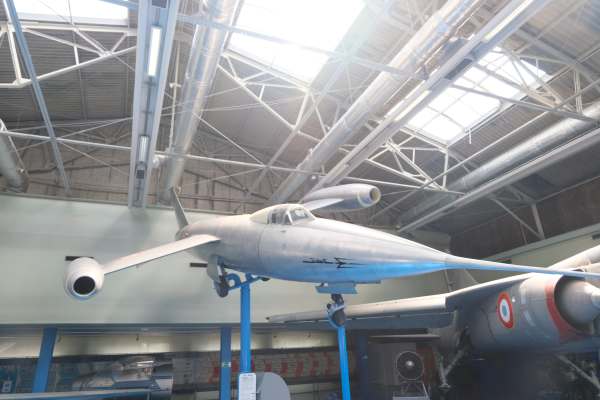
The SNCASO Trident. A seriously hairy aeroplane. Two wing-tip jet engines and a rocket up the behind. It broke many world records, but eventually succumbed to politics and slid into the Musée de L’air as long ago as 1956. It seemed that politics on both sides of the English Channel had brought the age of the prototypes to an end. Britain had cancelled dozens of aircraft programmes during the infamous 1957 Defence White Paper. Was it a coincidence that shortly after France did the same? Was it the start of the beginning of the end of the aircraft industry in Britain that we were so proud of. The French carried on with a very vibrant industry.
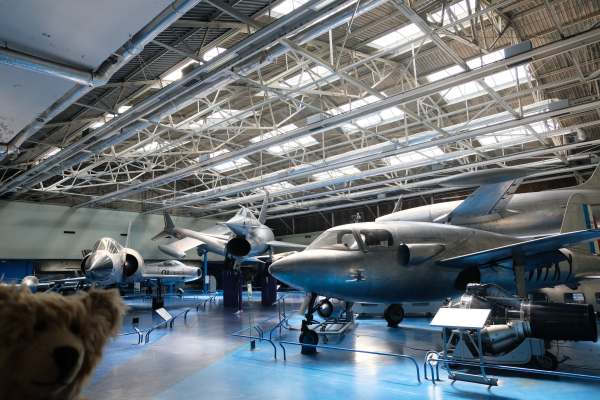
And finally in the prototype hall is the plane to the right. The Sud Ouest Triton. The first French jet aircraft. Developed in clandestine fashion during WWII, it never flew with a French jet engine due to delays and finally took to the air with a German engine in 1946. Followed later by a license built Rolls Royce Nene. And then it was abandoned.
Miscellaneous.
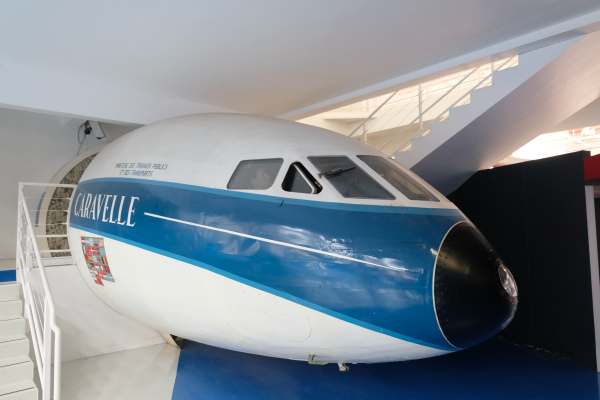
Sud Aviation Caravelle airliner. They copied Britain’s Comet for the cockpit. See below at de Havilland museum at London Colney.
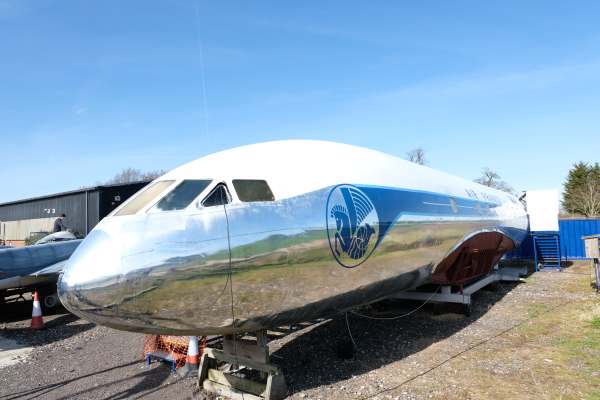
Comet.
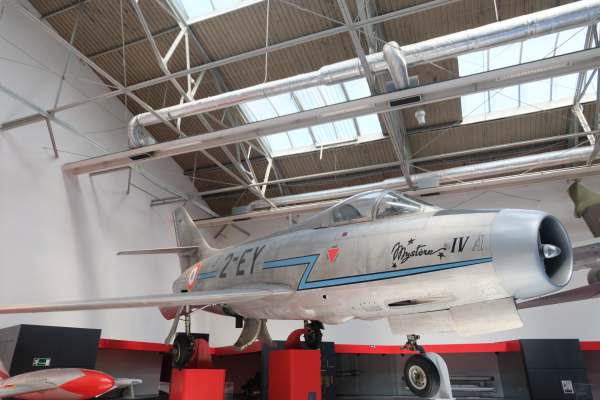
Dassault Mystere IV.
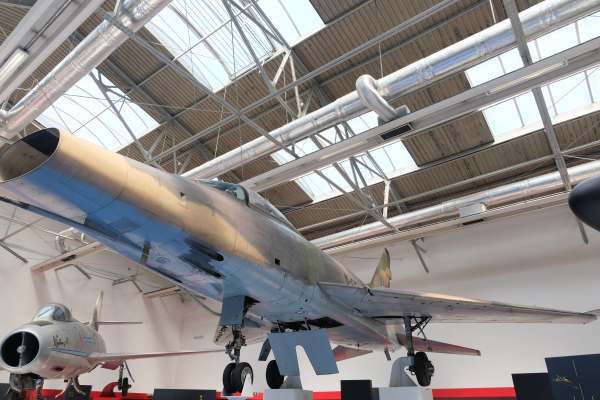
North American F100 Super Sabre.
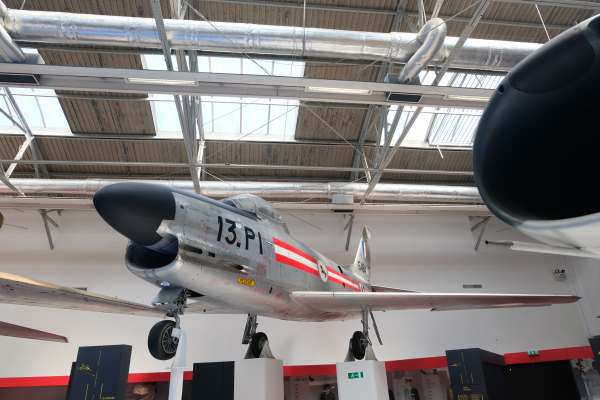
North American F86 Sabre.
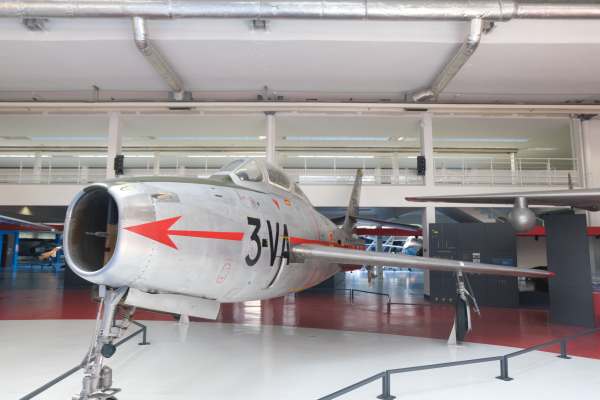
Republic Thunderjet.
Concorde.
Has its own special display in a specially erected hall. One prototype. One former Air France. Quite a confined space for photographs.
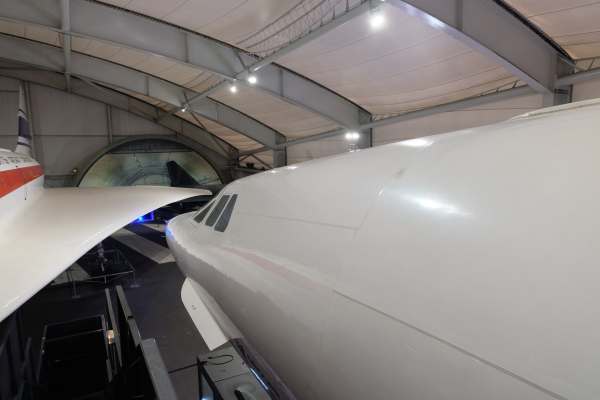
The Prototype.
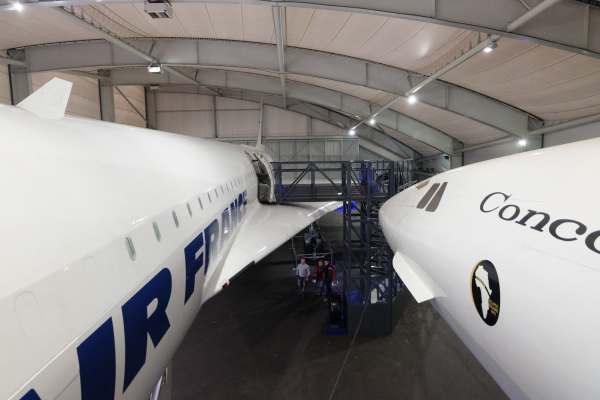
The two Concordes side by side.
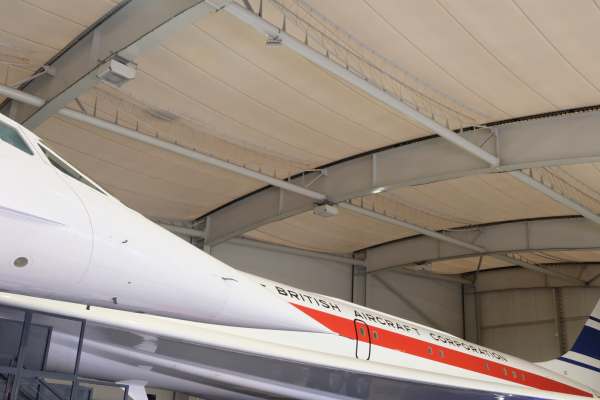
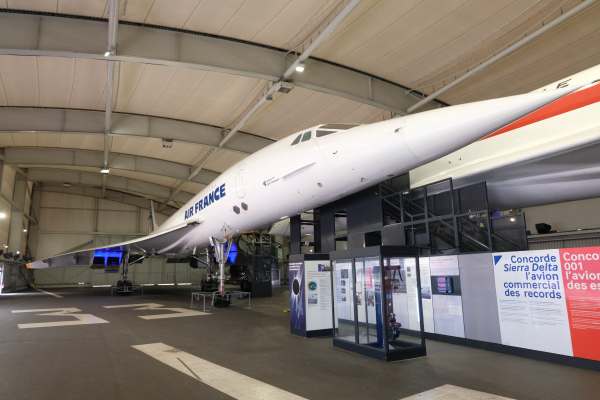
A better view of the production Air France Concorde.
Outside.
There are loads of planes outside to view. We have chosen a handful plus two mockups of Ariane rockets.
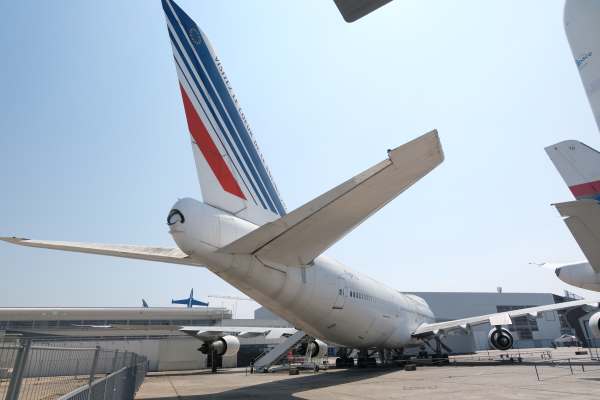
Boeing 747.
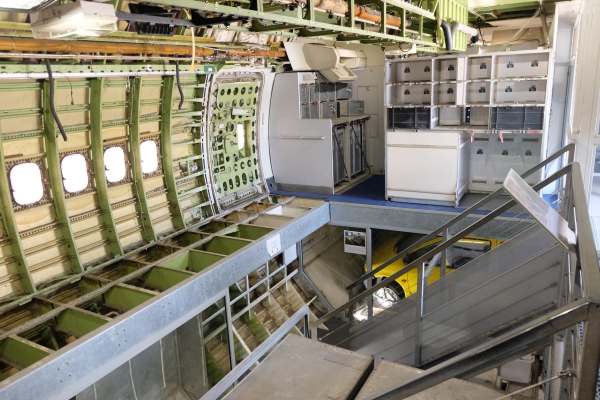
Same 747 stripped inside to show how it was built.
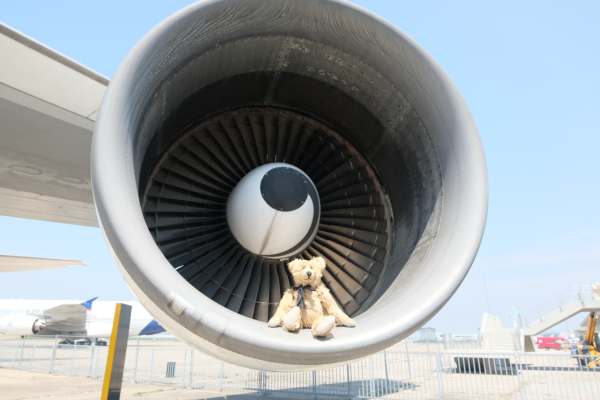
Same 747. Big engine!
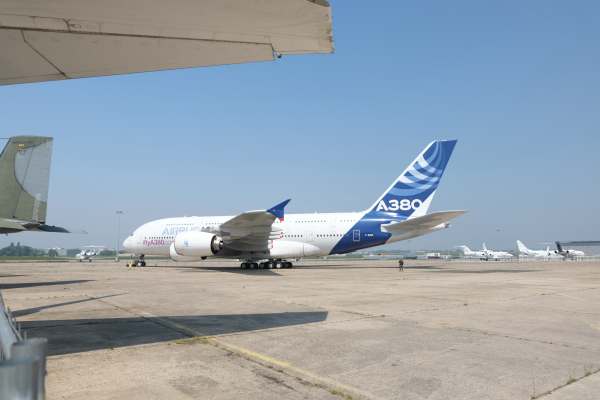
Airbus 380 prototype. The biggest airliner in the world but now “too big” compared with twin engined airliners like the Dreamliner. Production is ending.
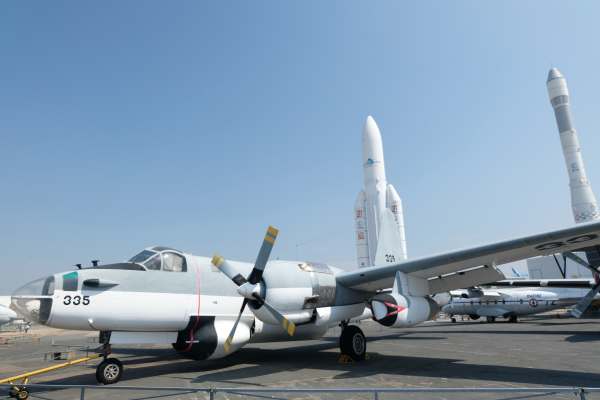
Lockheed Neptune. Formerly with the French Navy.
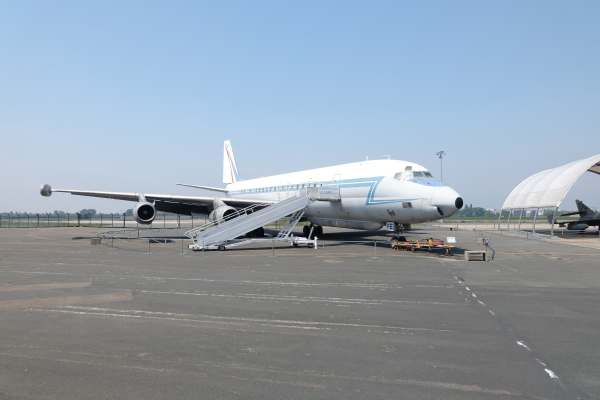
Douglas DC8. Formerly French Air force.
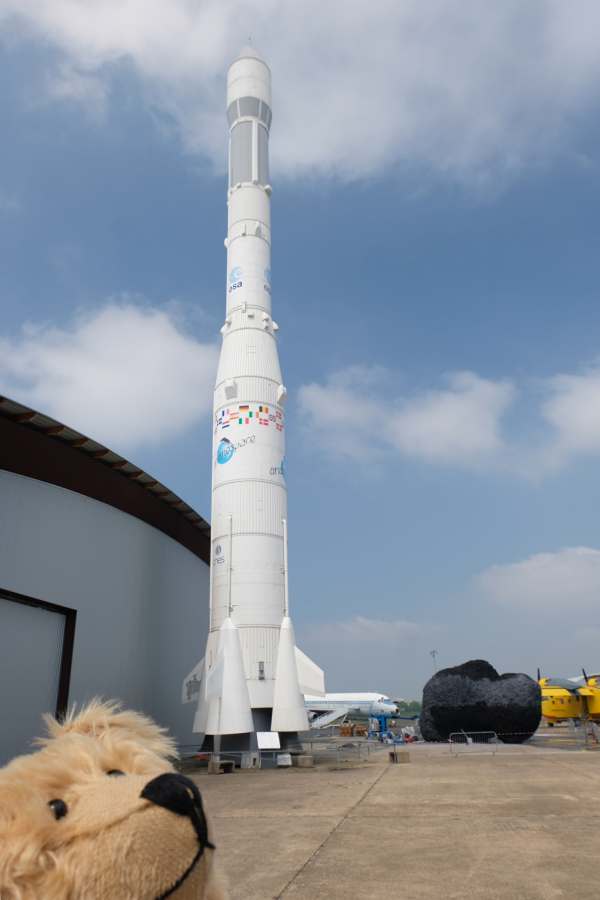
Ariane 1 (Model).
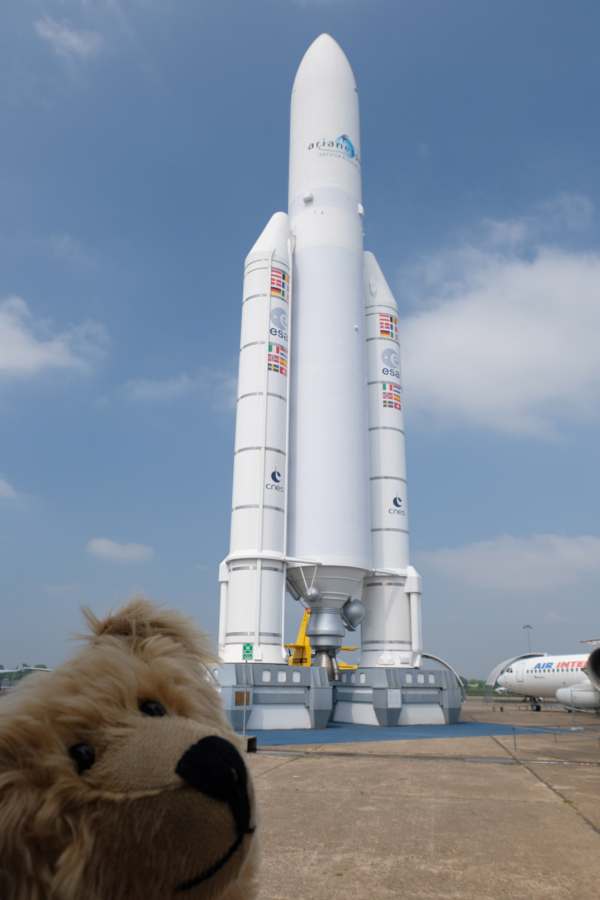
Ariane 5 (model).
Nice café. Surprisingly few visitors on the day we were there. Very tempting gift shop. Fortunately, the really desirable books were all in French.
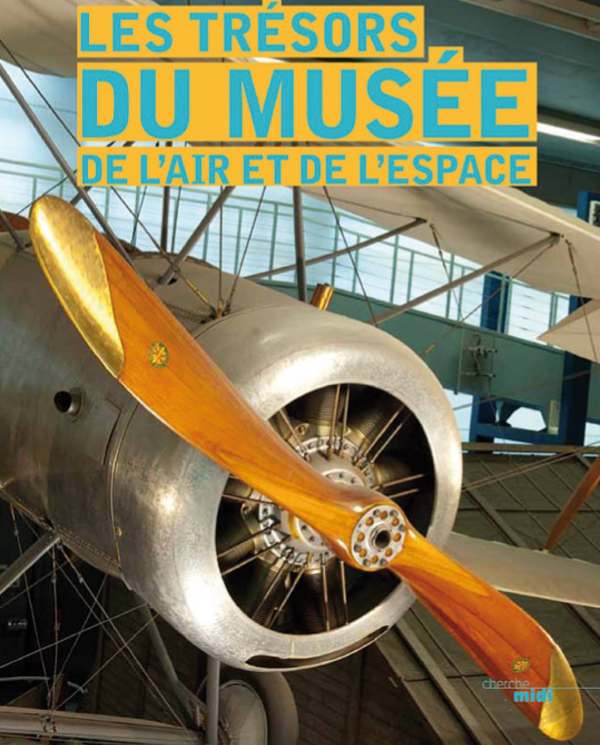
We loved the Musée de l’Air et de l’Espace.
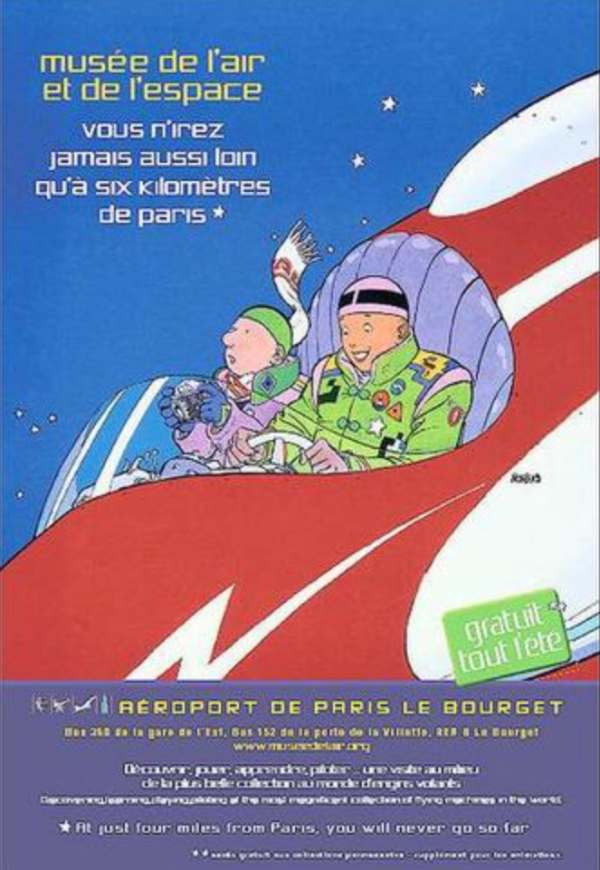
So do the kids.
And finally.
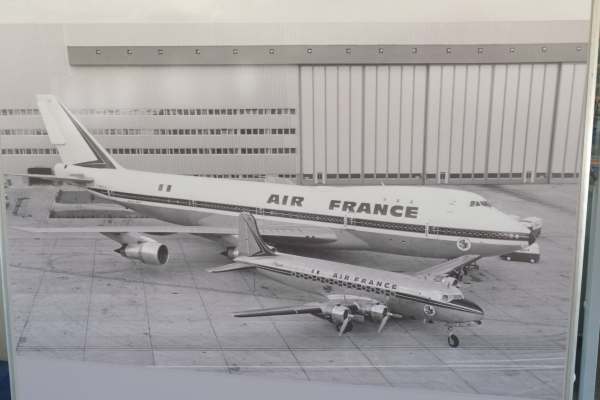
A Douglas DC4 airliner from the fifties and a jumbo.
PS.
We did think of ending our April in Paris with some jaunty French café music. Accordion and all that. Then we saw this and liked the paintings. Some of which include Notre Dame. Hope you like it.

Lighting a Candle for Diddley
We lit this next day at the Basilica de St Denis.
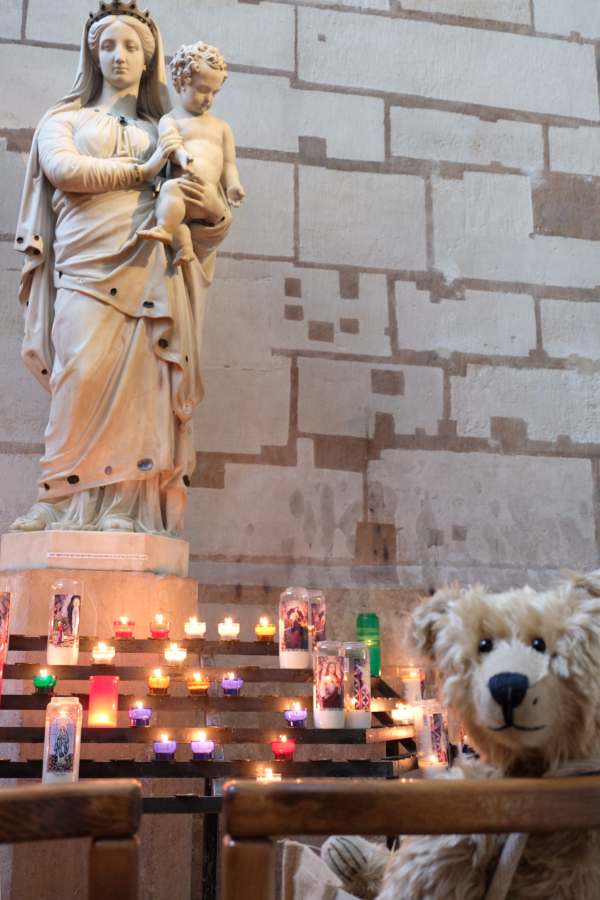
– – – – – – – –







Leave a Reply